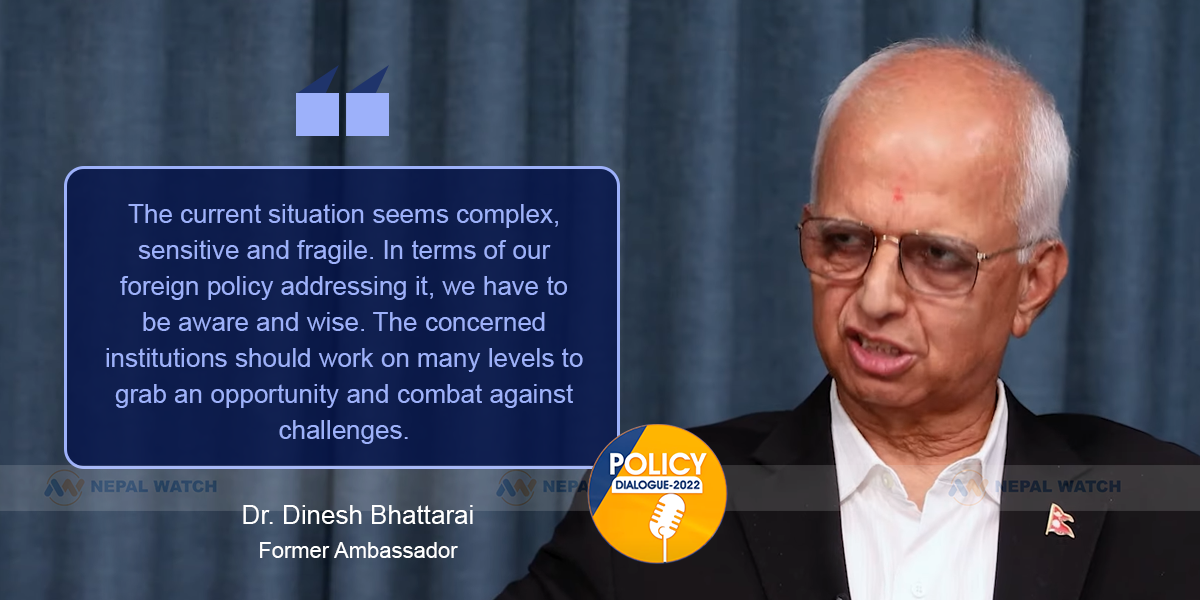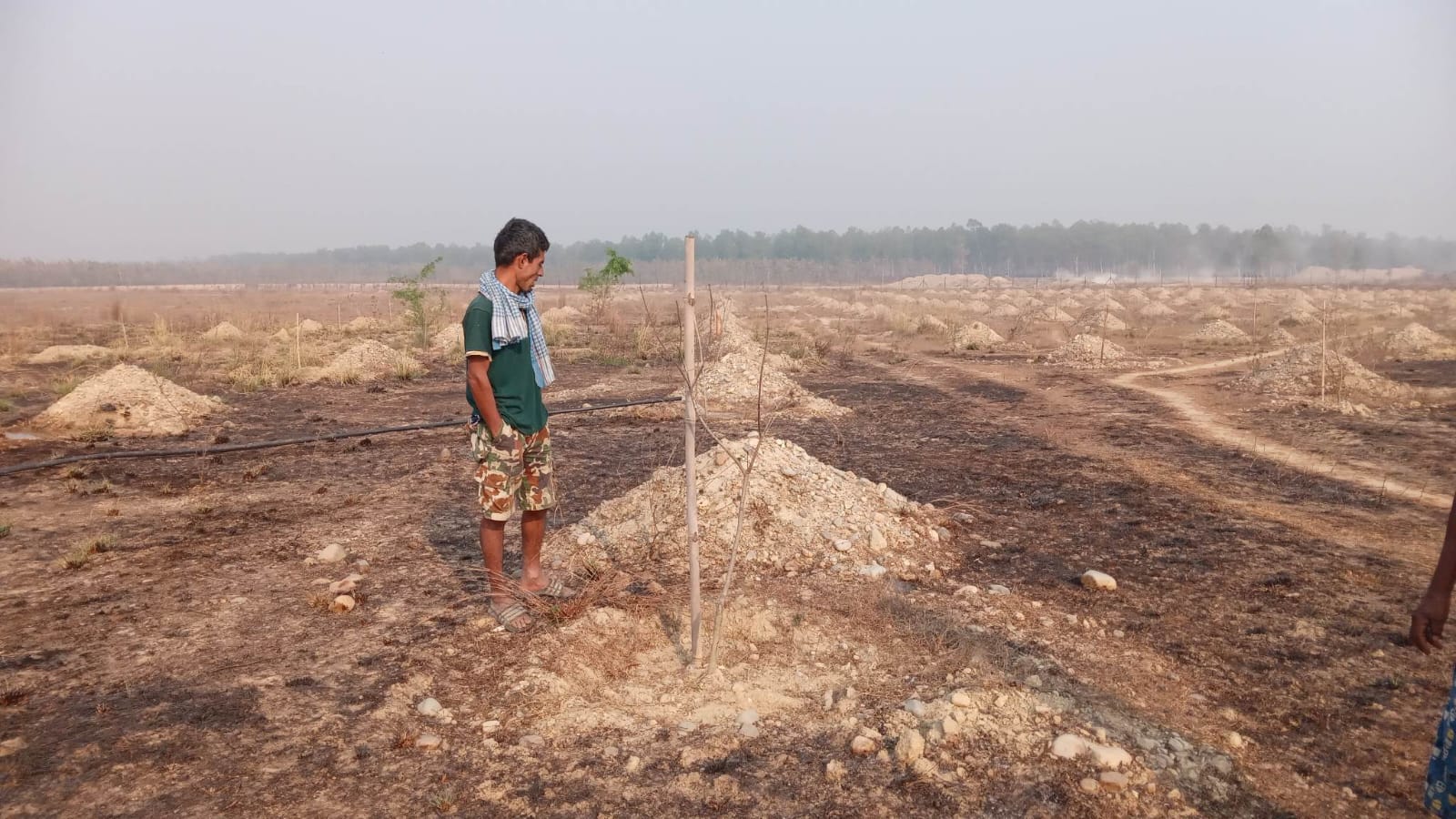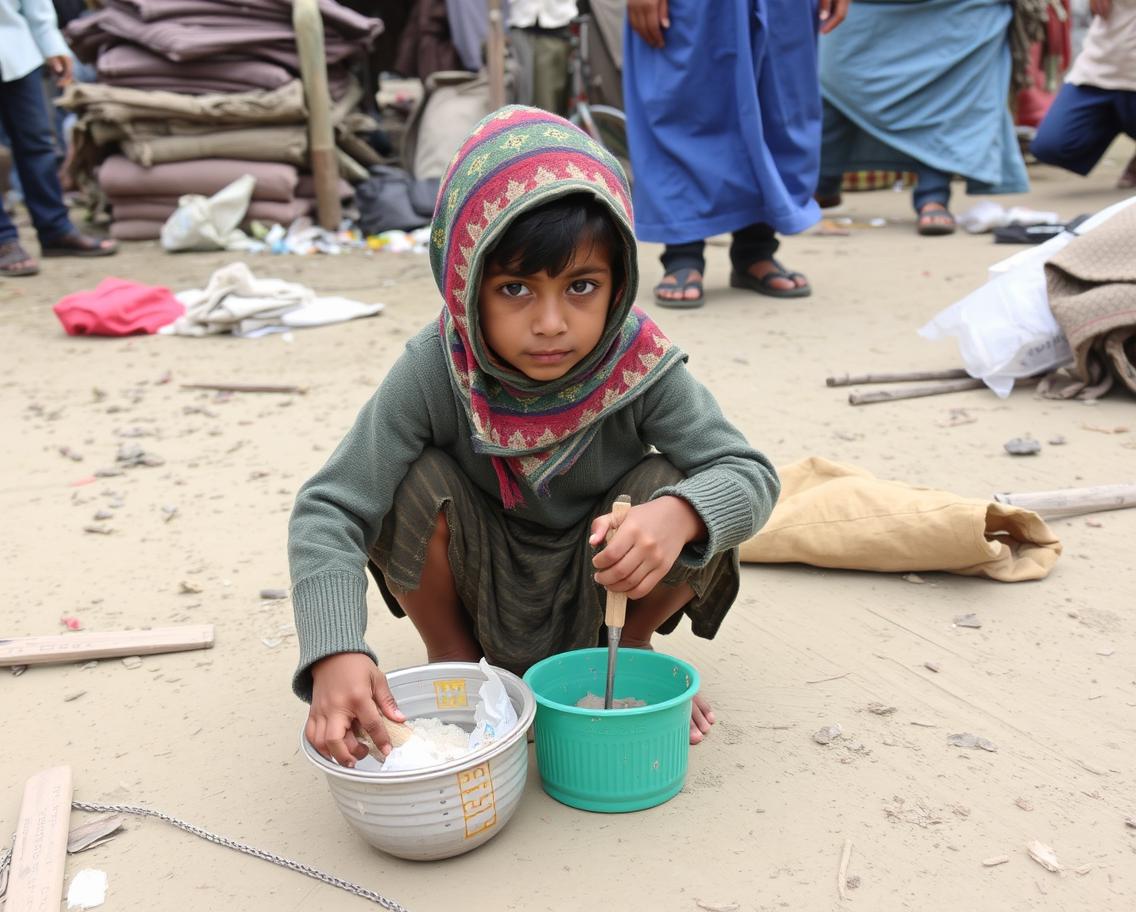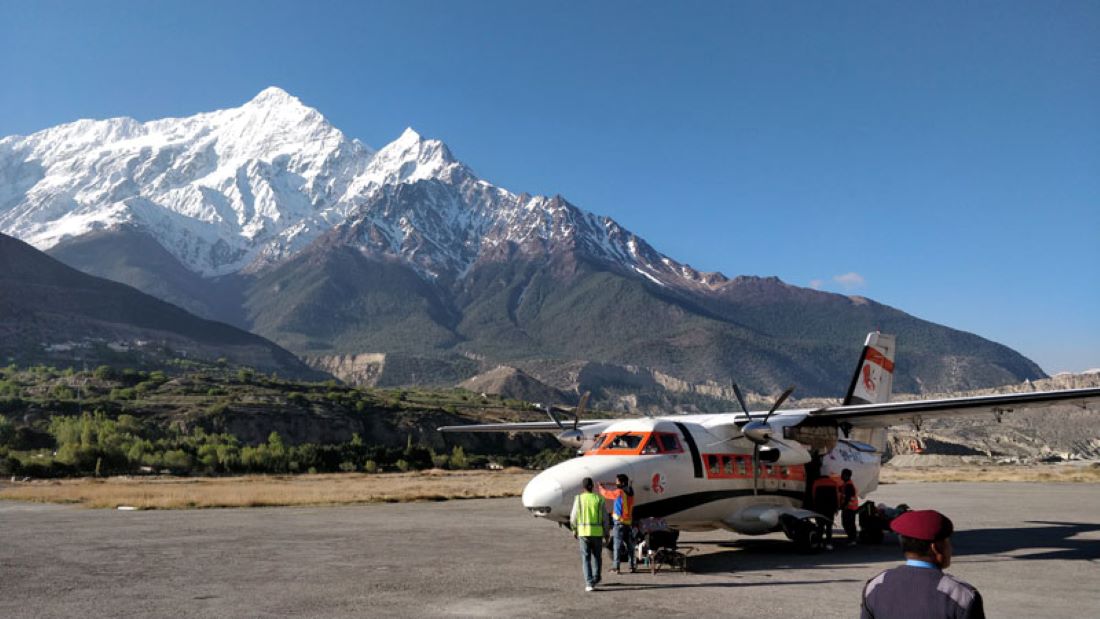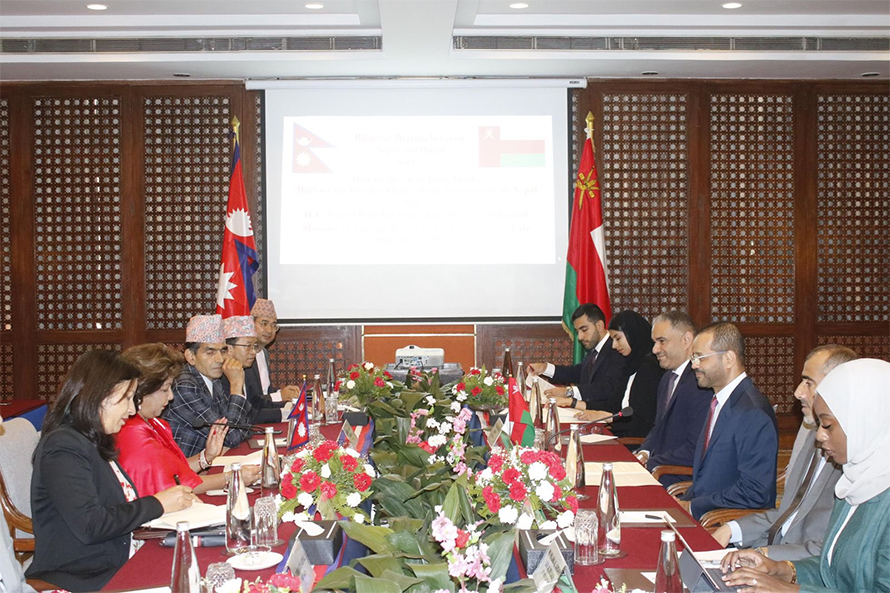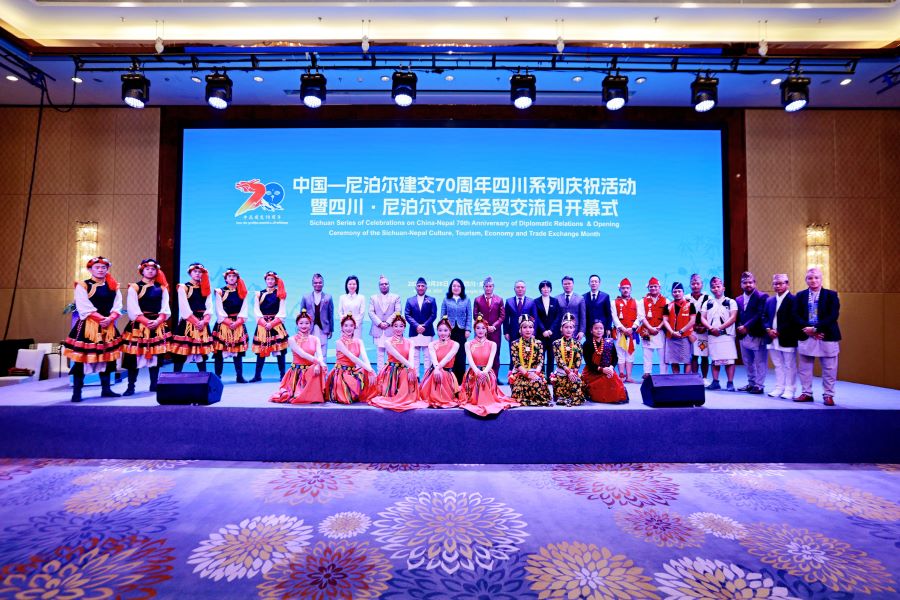Amendment to the Solar Energy Development Procedure
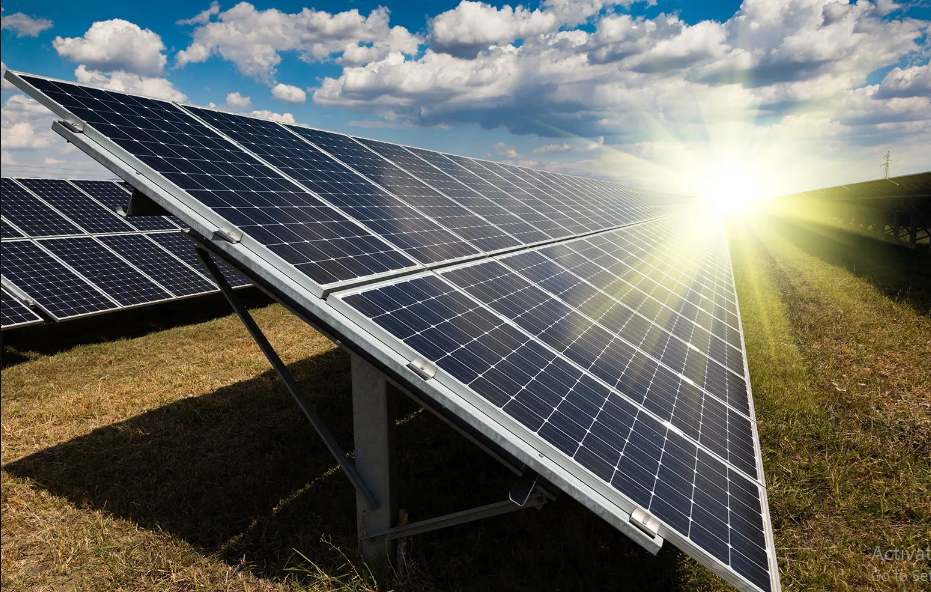
Kathmandu – The Department of Electricity Development has amended the ‘Grid-Connected Alternative Energy Development Procedure, 2078’ with the aim of promoting investment by expanding the concept of energy mix.
The procedure was amended to ensure the effective implementation of connecting alternative energy production projects and related transmission lines to the national grid in a simple, transparent, and efficient manner, as required by the Electricity Regulations of 2054, informed the department’s Director General, Navin Raj Singh.
The procedure was initially implemented by the government on 13th of Baisakh, 2078. According to the procedure, promoters of alternative energy projects with a capacity of up to one megawatt wishing to connect to the national grid must obtain a permit for electricity production when submitting their application to the Nepal Electricity Authority (NEA). However, under the net metering system for electricity produced by domestic solar energy systems, no permit is required for electricity production.
Promoters are required to arrange land, access roads, and transmission lines up to the electricity connection point for the projects. The procedure also provides for coordination and facilitation between the federal government, provincial governments, and local bodies as necessary for government land.
For solar power projects with a capacity of more than one megawatt, the promoter must submit an application in the format prescribed by the rules and guidelines for electricity surveys and construction. The promoter must also provide a recommendation letter from the relevant ward or local body for the proposed area of the solar energy project and a recommendation from the Ministry of Forests and Environment for protected areas or conservation zones.
When determining the electricity purchase rate, the cost of the project, interest on loans, depreciation, return on equity, operating costs, maintenance costs, revenue, taxes, additional capital, loan and capital ratios, equipment costs, and battery storage capacity can be considered as factors.
The Nepal Electricity Authority (NEA) has initiated the development of solar energy projects with a capacity of nearly 1,000 megawatts to address the winter demand. The authority has invited private sector promoters to submit proposals for electricity purchase agreements through negotiations.
As part of this process, the authority has made progress, but there was some ambiguity regarding who should make recommendations on whether land is suitable for irrigation for the survey of the project. The department has clarified that this ambiguity has been addressed in the latest amended procedure.
With this amendment to the procedure, the path for advancing solar energy projects has been cleared. A total of 33 solar projects with a capacity of 704 megawatts have received survey permits from the department. Another 35 projects with a capacity of 717 megawatts have applied for survey permits. Additionally, nine projects with a capacity of 77 megawatts have received construction permits. Similarly, applications for construction permits have been received for 10 projects with a total capacity of 59.6 megawatts.
According to the department, 21 projects with a capacity of 106.7 megawatts are currently in operation. Among them, the largest solar project, with a capacity of 25 megawatts, is operated by the authority in Nuwakot.
Trending
Related News
Latest
-

Riddara RD6 EV Pick Up Launches Exchange Offer In Nepal
-

Shop More, Save More with Daraz Nepal’s 5.5 Best Price, Best Deals
-

Unveiling the Galaxy S25 Ultra 1TB: Samsung’s Tera-fic New Flagship Variant Kicks Off the New Year with Unprecedented Storage Power
-

UK announces £10 million for Myanmar quake relief
-

World Bank Approves financing package of 150 Million USD to Nepal




